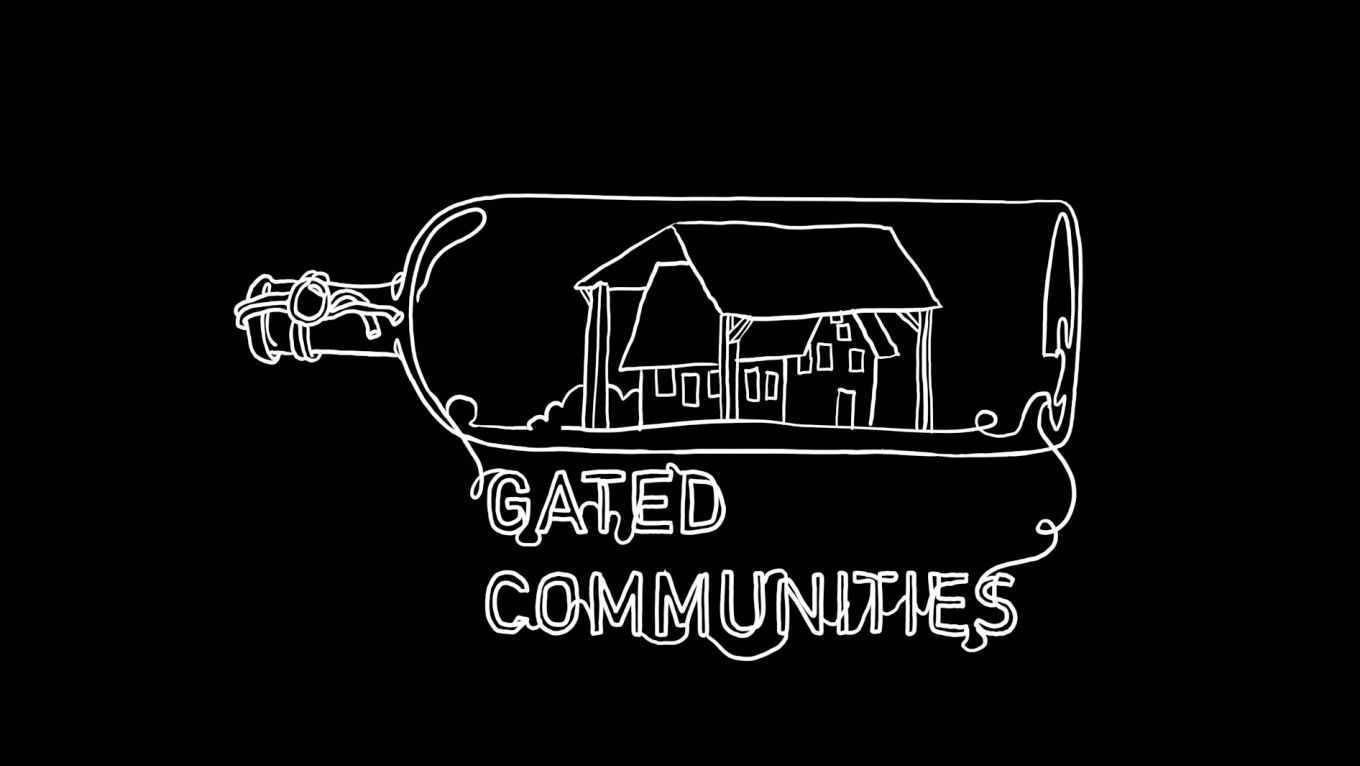Art & Culture
QRtistry
One can create art and beauty with … pixels
QR codes have rapidly overtaken rival 2D bar code symbologies and are becoming quite ubiquitous. Most uses are rather pedestrian though, and even the more non-standard modifications to pure QR codes lack a certain technical finesse, opting to just overpaint part of the code and let error correction handle that instead. Let's see how we can do better.
The simple visual appearance of a QR code belies a very complex multi-step encoding process: Text is encoded using one or multiple character sets and encoding modes (allowing, for example, for a more efficient representation of strings of numbers), the resultant data is grouped into code words in segments with delimiters, error correction information is added, the augmented data is placed on the 2D matrix, structure obfuscation with a masking pattern is applied and version and format meta-data is added. each of these steps grants some degree of freedom to the encoder that will result in visually distinct but semantically identical codes.
Previous approaches to play with QR code appearance have usually stuck to modifying either end of this pipeline: Overwriting some parts of the finished code, or adding additional encoded data so that the finished code will have certain features embedded in it. The downside of these approaches is that you either rely on error correction to remove all the disturbances you've added, limiting the amount of modification possible, or become very limited in which pixels you can control.
By constructing an encoder and decoder that allows access to each step of the encoding/decoding process, I will allow you to go further and take control of the QR code as a whole. Changing all parameters of the encoding process will make the resulting code appear almost like you want it without relying on the error correcting capabilities, which then allows you to add further manipulations by abusing the error correction capabilities.
All code will be released under a free software license at the same time as the talk.
Additional information
| Type | lecture |
|---|---|
| Language | English |
More sessions
| 12/27/15 |
Eine zweite Büste der ägyptischen Königin sei gefunden worden, meldete Ägyptens größte Zeitung. Der Fund war jedoch Teil einer Kunstaktion, die Museen und Kunstmarkt für deren Umgang mit Antiken kritisiert.
|
| 12/27/15 |
In Internet Landscapes, Evan Roth with discuss his work as it relates to visualizing, archiving and understanding the Internet and its effects on culture with a focus on the misuse of communication technologies. Roth will trace his personal and creative history within an Internet landscape that has changed significantly in the last 16 years. The presentation will include a range of work culminating in his more recent pilgrimages to the beaches of the UK, New Zealand and Sweden, where submarine ...
|
| 12/27/15 |
Public Library is the synergy of two efforts. First, it makes the case for the institution of public library and its principle of universal access to knowledge. Second, it is an exploration and development of distributed internet infrastructure for amateur librarians. If <a href="https://www.memoryoftheworld.org/blog/2014/10/27/public-library-an-essay/">Public Library</a> is a proposal/RFC <a href=""https://library.memoryoftheworld.org/>Memory of the World</a> is its proof of concept and <a ...
|
| 12/27/15 |
In the past years there has been a lot of discussion on the topic of state sponsored surveillance. But hardly any material can be accessed to support the general debate due to vaguely declared security concerns. So we are debating Big Brother with little knowledge about what he actually sees, while he is watching. Over the course of three years, I was able to research the archives left by East Germany's Stasi to look for visual memories of this notorious surveillance system and more recently I ...
|
| 12/28/15 |
During this lecture presentation, Boaz Levin and Vera Tollmann, co-founders of the Research Center for Proxy Politics, will develop the proxy as a figure of thought by spinning and testing it in different contexts.
|
| 12/29/15 |
The Fluxus movement came about in the early 1960ies and the talk will discuss its strenghts, dead-ends and promises for the creation of works and community in our digital environment. International, transdisciplinary, non-institutional, anti-art and playful. After several years of research and new art productions, Leo Findeisen and Markus Zimmermann will present their findings.
|
| 12/29/15 |
20 OSCILLATORS IN 20 MINUTES is an experimental music performance/technical challenge/standup comedy act where I attempt to build twenty sound generating square wave oscillators in twenty minutes. This involves fabricating small electronic circuits with wires, chips, small components and nine-volt batteries under the pressure of limited time and expectation. This is a test of my technical abilities and an experiment in working with live troubleshooting as a method of musical improvisation.
|

